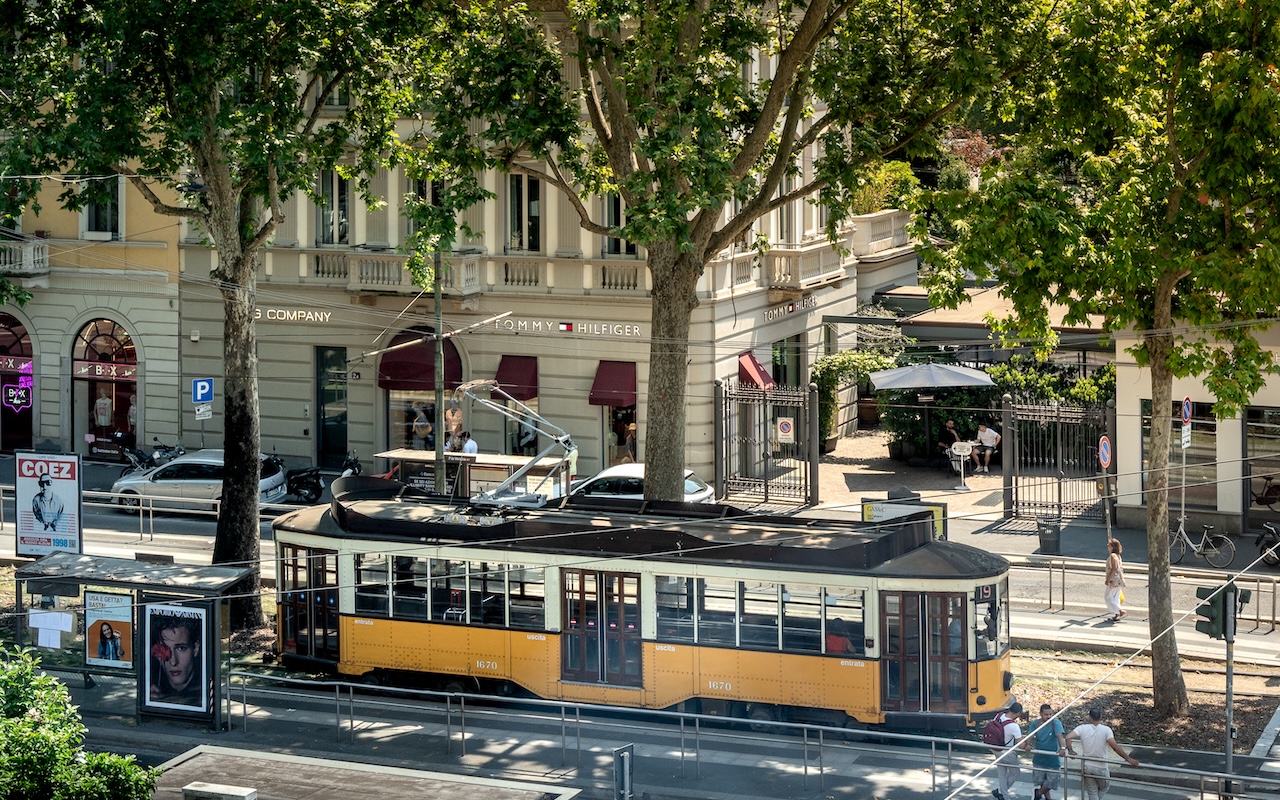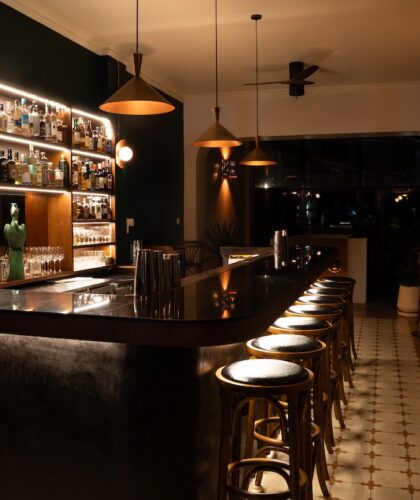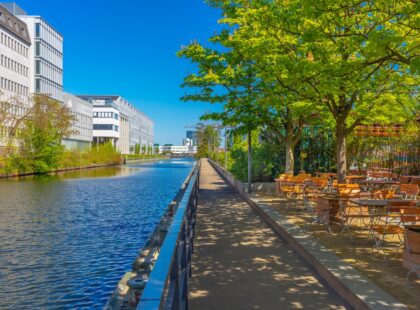From hidden courtyards to homegrown spas and red-hot trattorias, Milan rewards those who linger and look beyond its polished surface.
1. Trippa Milano
This humble-looking trattoria upends every expectation you may have about Milan. Don’t expect glitz or glamour. At Trippa, you dine in a rustic atmosphere that doesn’t distract from the food. Think mustard yellow walls hung with framed photos and posters, and a handful of wooden tables looking out into an open kitchen.
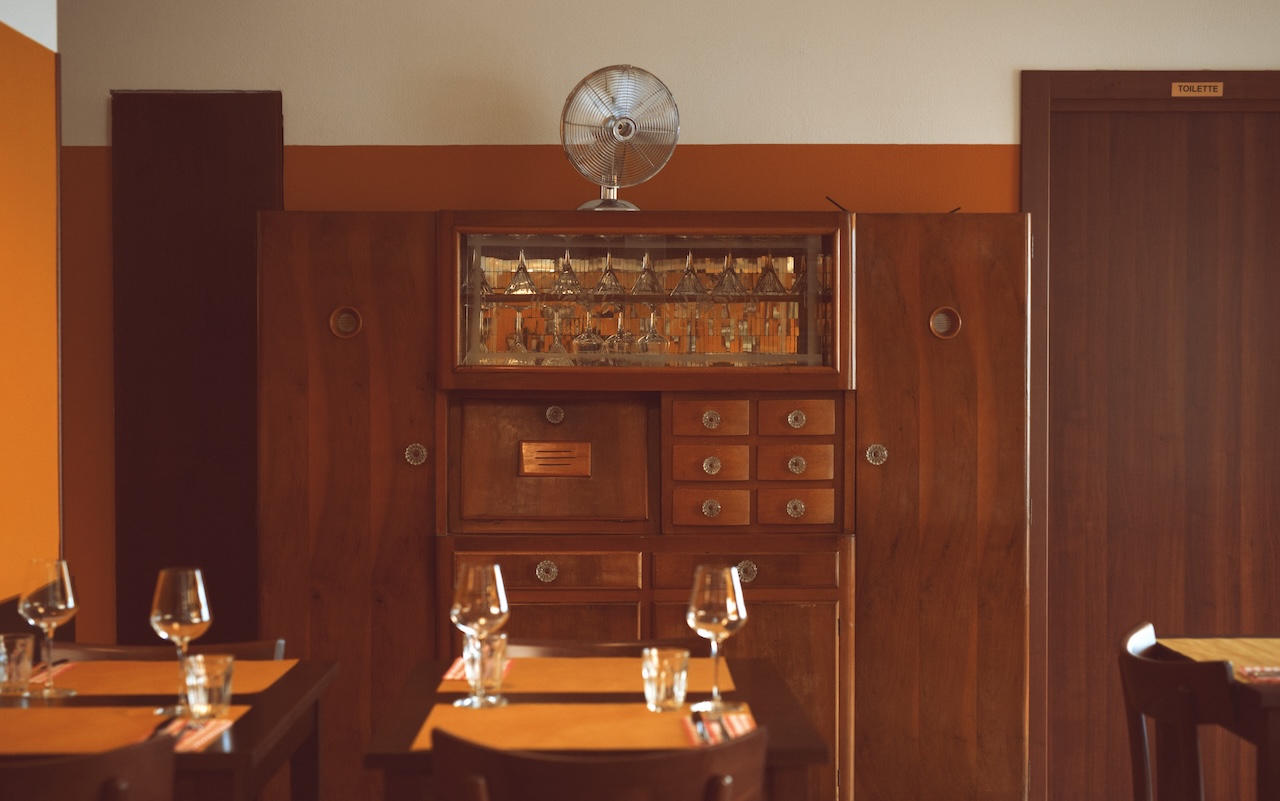
Led by the exuberant Diego Rossi, the restaurant focuses on classic Italian cuisine, including the signature, melt-in-your-mouth fried tripe and a vitello tonnato (sliced veal) topped with aerated mayonnaise. These touched-up traditional dishes pair with a list of Italian wines by the glass and bottles from across Europe. The sum of these parts might sound simple. While it is unfussy, it’s anything but simple – Trippa has been the talk of Milan for 10 years and counting.
2. Mercato Centrale
A grand food hall inside the central railway station, Mercato Centrale gives travellers and locals a reason to linger in Piazza Duca d’Aosta. Spanning two levels, 32 shops and over 4,000 square metres, the space brings together some of Italy’s most beloved artisans – fresh pasta at Michelis, seasonal fish dishes at Pedol Bistrot, pizza, cocktails, beer and more – in one striking, industrial-chic setting.
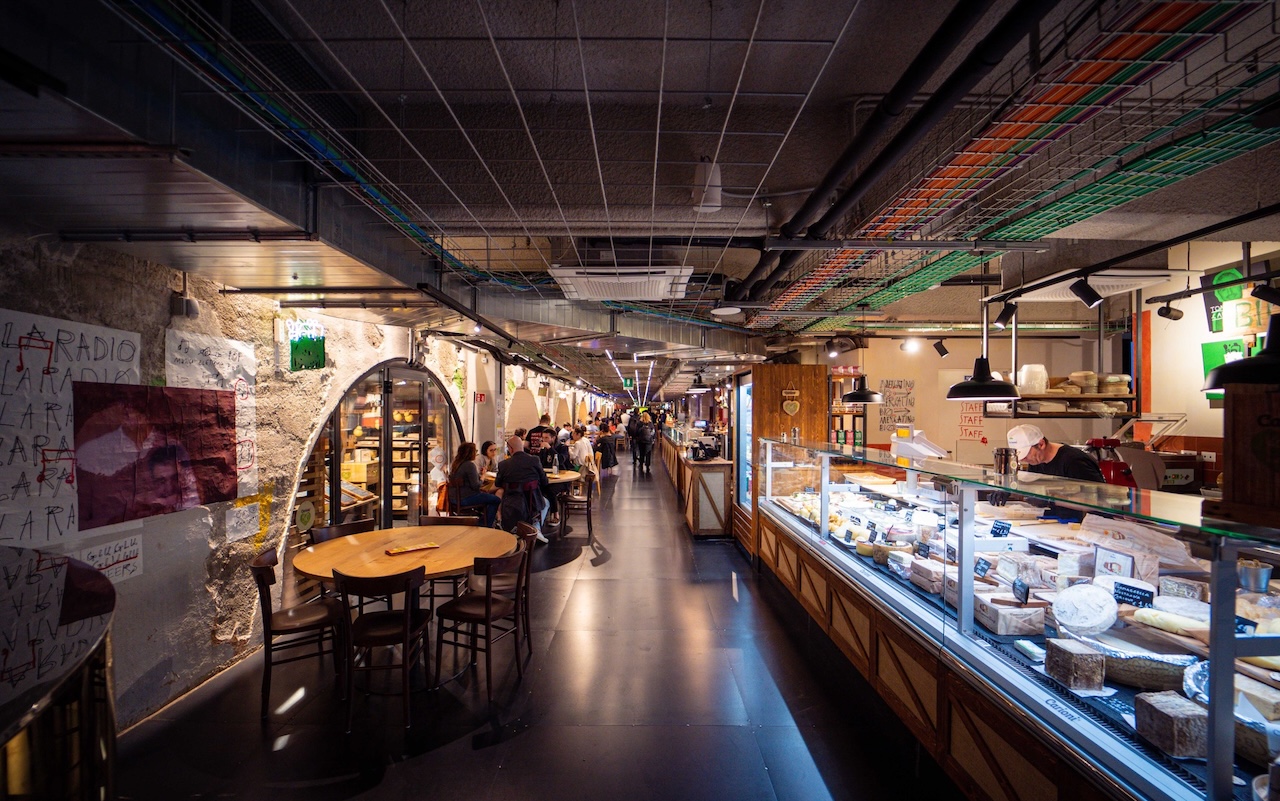
Aperitivo nights, DJ sets and culinary pop-ups add to the cultural mix, while the building’s urban art projects and rotating installations bring colour to the station’s walls.
3. Reading Room
Print may be fading in most parts of the world, but not in Milan. Magazines are making a comeback in Italy’s cosmopolitan capital, and Reading Room is helping lead the revival. This 35m² space just south of Porta Romana, not far from the Fondazione Prada, is a meeting ground for collectors, publishers and all fans of the printed word.

Inside you’ll find more than 250 titles spanning photography, fashion, food, art, literature, travel and more, including many Italian speciality magazines. Those include triannual food tome Cook Inc and The Passenger, an English language magazine that centres each issue on single destinations. The store also organises frequent talks, exhibitions and events with galleries, universities and local institutions.
4. Milu Milano
Porta Venezia has a homegrown newcomer in Milu Milano, a boutique hotel tucked inside a 19th-century townhouse. Like its sister property in Florence, this one builds on its vintage bones with a minimalist aesthetic. The original brick walls and a wrought-iron staircase contrast with crisp white beds, modular furniture and pops of colour from terrazzo floors, contemporary artwork and coloured red, green and pink glass accents in the bathrooms.
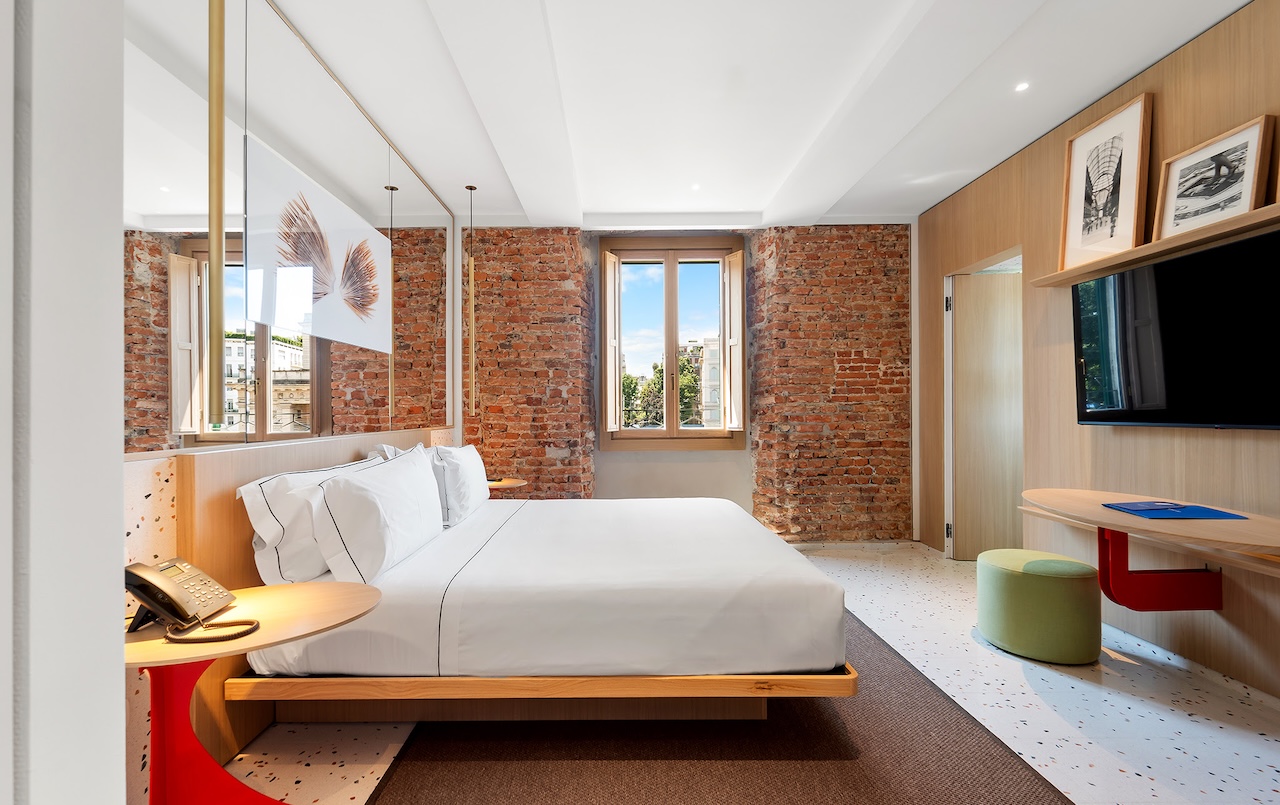
With 32 rooms, Milu is compact but personal, making it ideal for travellers who want to stay in one of Milan’s liveliest neighbourhoods without sacrificing style or comfort. Don’t miss the breakfast spread – the freshly baked pastries are worth getting up early for.
5. QC Terme Milano
Hidden inside a former tram depot beside Milan’s old Spanish walls, Insta-famous QC Terme spa is a wellness wonderland. Most of the magic happens underground, where you’ll wander between thermal pools, steam rooms and saunas built into stone caverns. The centrepiece? There might be multiple.
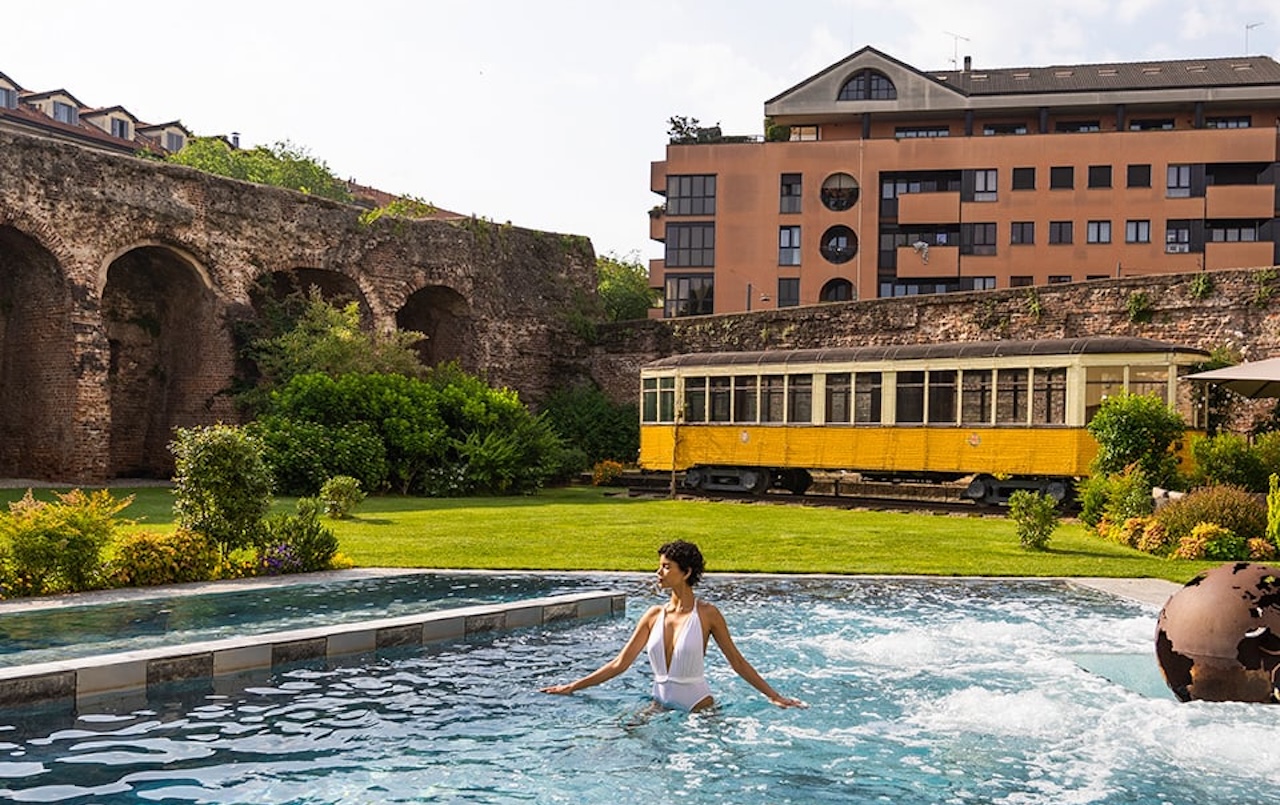
The glass-walled bath built around ancient ruins makes for a surreal place for a soak, and the iconic tramcar sauna is nothing if not eye-catching. There’s also a multi-sensory “cinema” pool, where projections flash on the walls, rain falls from the ceiling and storm sounds rumble from speakers. As evening falls, grab a spritz in your bathrobe for “aperiterme”, the spa’s take on Milan’s aperitivo ritual.
6. Navigli District
Milan’s canal district blends centuries of history with a modern edge. Once part of an intricate waterway system used to ferry goods, including marble for the Duomo, the Naviglio Grande and Naviglio Pavese are now lined with buzzing bars, trattorias, indie boutiques and artist studios. By day, locals browse weekend markets or cycle the paths.

By night, the area roars to life for Milan’s famed aperitivo hour. Take time to wander here. Hidden courtyards offer a window to Milan’s old soul: visit Cortile degli Artisti – where artists hang work for the public to view (or buy) – and Vicolo dei Lavandai, “laundry alley”, where you’ll find rustic houses and stones once used to wash clothes.
7. Torre at Fondazione Prada
The last section of Fondazione Prada to open, Torre was designed by starchitect Rem Koolhaas and OMA. Made out of exposed white concrete and glass, this 60m-high beauty has changed the skyline of Milan with its irregular, angular geometry. Interestingly, half the floors have a rectangular plan, while the remaining feature has a trapezoidal one that juts out from the building.

The ceiling heights also increase with each level, creating intriguing possibilities for spatial usage. Of its nine storeys, six are dedicated to exhibition spaces, including one for a permanent show, “Atlas”, developed by Miuccia Prada and artistic and scientific superintendent Germano Celant. Round off the visit with a meal at the restaurant on level six, or a drink at the bar on the rooftop terrace.
8. Jacob Cohën
Luxury denim label Jacob Cohën has returned to its roots and opened a 200m² flagship store at 31 Via della Spiga. This is the first time the Italian brand has founded a standalone boutique in Milan and it has adopted a contemporary luxury and lifestyle approach.
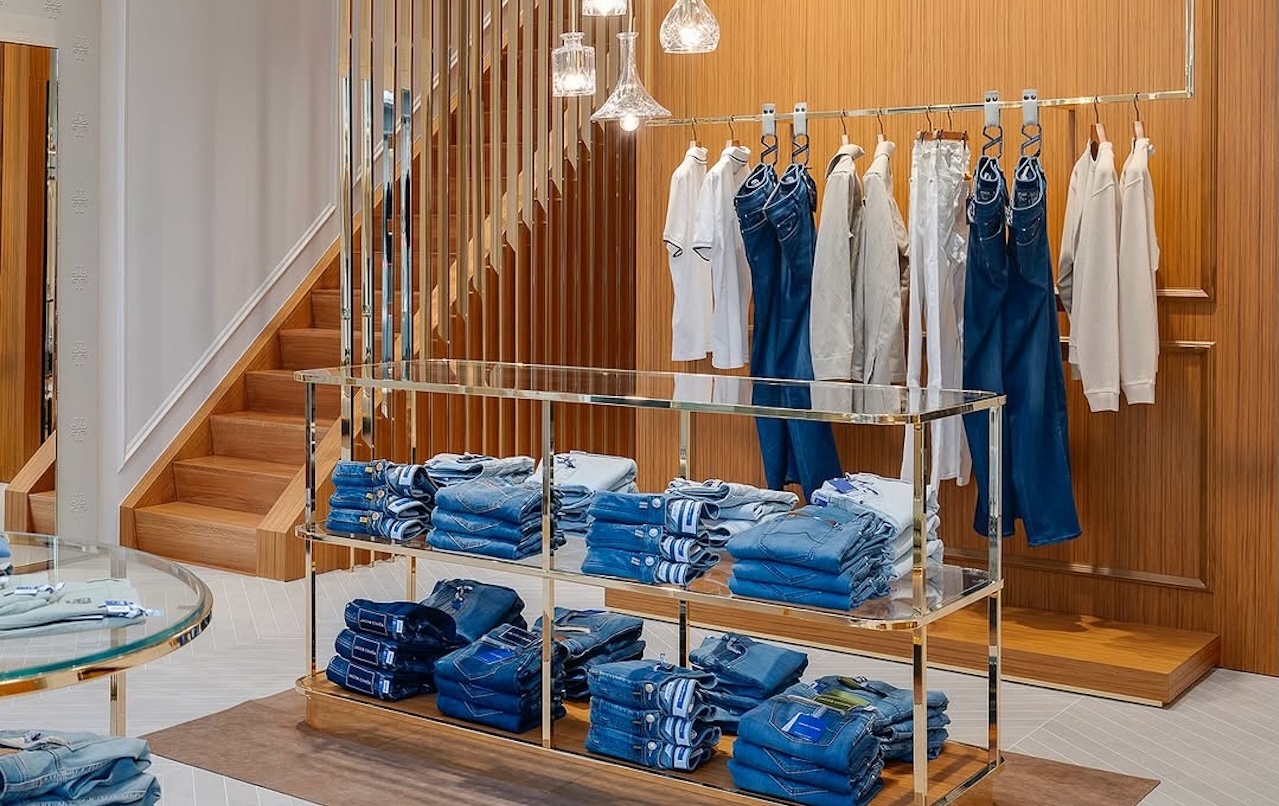
In addition to the regular collections for men and women, it also carries a capsule range for children, and has a section carved out for made-to-measure jeans. Unmissable are its store windows that have been curated by JoAnn Tan, who is also behind those of luxury brands such as Hermès.
For more information on Singapore Airlines’ flights to Milan, visit singaporeair.com
This article was originally published in the January 2019 issue of SilverKris magazine and heavily updated in July 2025 by Craig Sauers.

